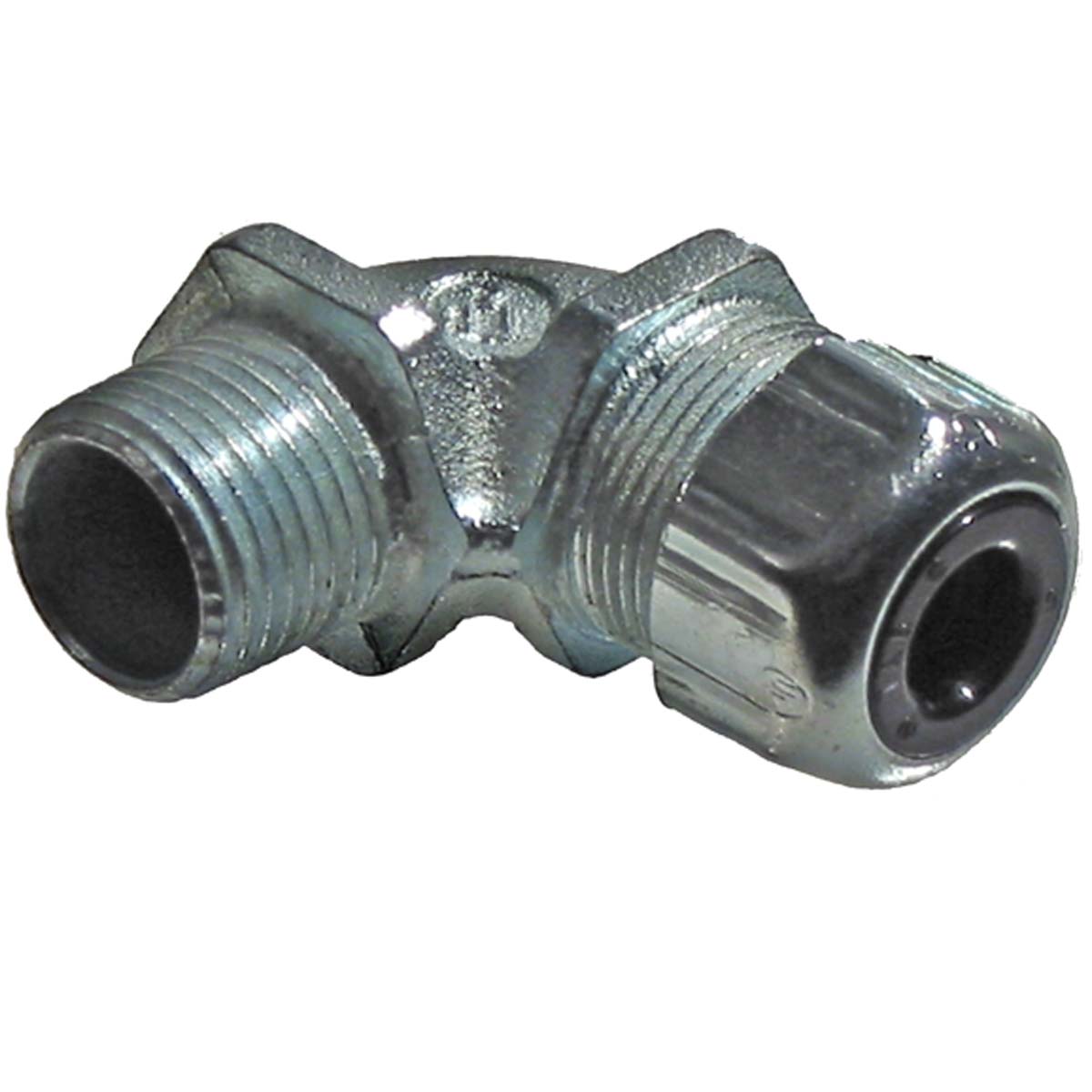

Match the diameter of your mounting hole to the Major Diameter Inches (see above charts) to determine the size of strain relief you need.Finally, in order to choose the correct strain relief, you should consider the cable you are using. The mounting threads of the strain relief can be threaded directly into the panel of the equipment, or the strain relief can be eased through a clearance hole in the panel and fitted with a locking nut. The fifth option to consider is your mounting hole.

Each of the three thread types has their own standard size scale, as shown in the charts below. The Metric thread type is the international standard and can be used worldwide. The PG thread type is a German standard used throughout Europe and is sometimes referred to as metric however these threads are not truly metric as PG threads have a different angle and depth. The second thread type is Panzer Gerwinde (PG). The NPT thread type is the North American standard, and therefore is most commonly used for North American equipment. There are three thread types used worldwide. The fourth thing to consider in order to determine the correct strain relief is the thread type and size. Dome style strain reliefs also have options for multi-cable entry, flat cable, mini strain reliefs for the smallest cable sizes, and EMI to protect from electromagnetic interference. Strain reliefs can enter into the equipment with a straight body style, or a 90 degree body style. Thirdly, along with the basic style, you should determine the body style needed. They are designed to eliminate the possibility of the power cord kinking at the point where the cord enters the equipment. Flex style strain reliefs offer flexible bend protection to the cord entering the equipment. They help to secure the wire connection to the equipment and provide longer life to the cord by preventing it from rubbing against a rough or sharp edge where the cord passes through the equipment panel. Dome style strain reliefs are the most common and are designed to protect the wire entering the equipment. Secondly, you should determine the style of strain relief you need for your application. Other options available are PVFD (polyvinylidene fluoride), aluminum, and stainless steel. Choosing a brass strain relief will be higher in cost, and may be better suited for high end equipment where nylon strain reliefs may look “cheap.” Nylon strain reliefs, in most instances, have the same performance as brass, but with less cost. Two popular choices are nylon and nickel plated brass.

In this article we will look at six attributes of a strain relief to consider in order to choose the correct part.The first thing to consider when choosing a strain relief is the material used. There are several things to think about when choosing a strain relief for your equipment. Many strain reliefs anchor the cord in a stationary position that prevent stress, such as twisting or pulling on the conductors, from reaching the wire connections inside the equipment, which could result in broken wires and the need for frequent cord replacement. Lastly, they reinforce the cord connection to your equipment. Secondly, strain reliefs provide extra protection to power cords by protecting the cord from coming into contact with sharp edges on the chassis and over-bending. This prevents moisture from entering the interior of the equipment and causing potential damage to components and circuitry. First of all, some strain reliefs provide a liquid-tight seal on the power cord entry into the equipment.


 0 kommentar(er)
0 kommentar(er)
